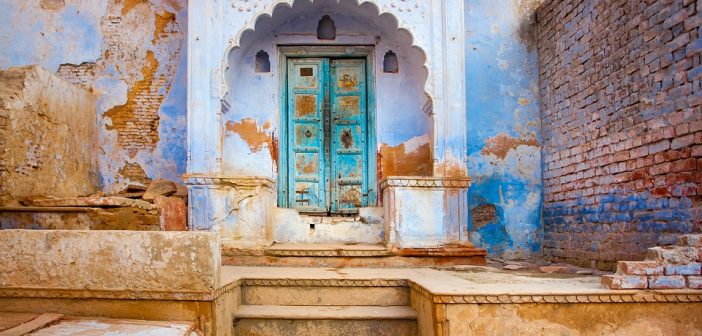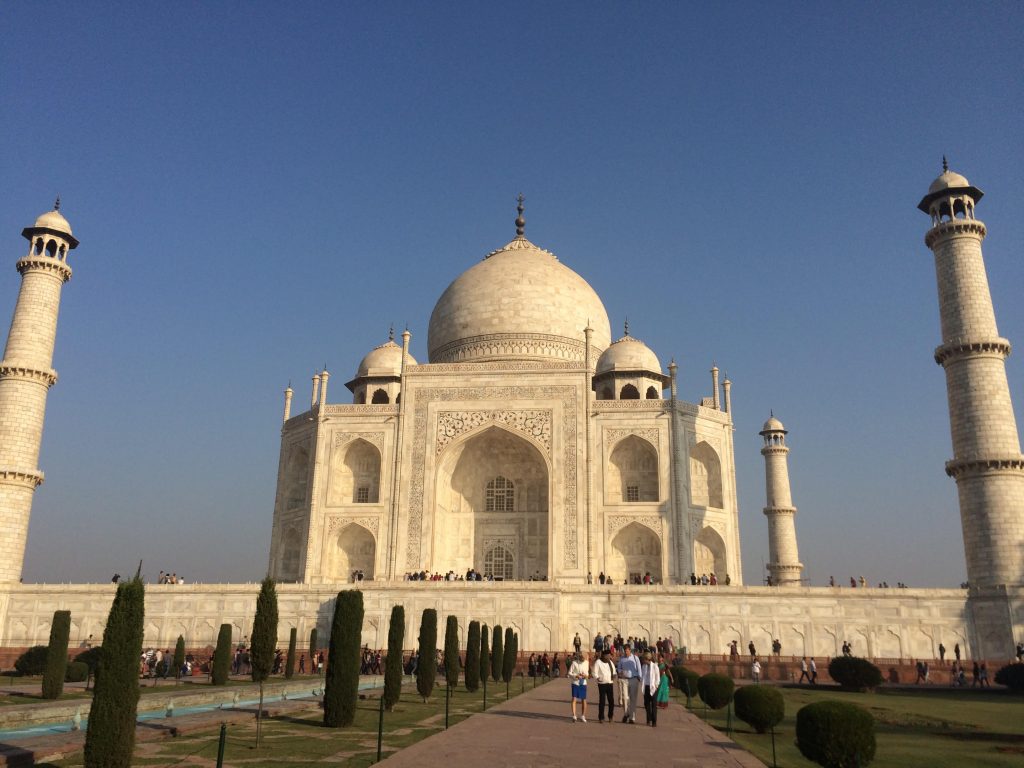It is said that Death was first a man – the most just, fair man who ever lived. Yogic traditions teach that Yama (the god of Death) and Dharma (the god of Justice) are one and the same, and that we should not be afraid of him.
Why?
Death is the most incorruptible of divine forces. Death can not be bargained with nor bribed, and comes to us all – rich or poor, powerful or humble, famous or unknown – when it is our time. Because of this, Death can be looked upon as a great teacher who shows us through example how to treat all equally.
An ancient spiritual text, the Kathopanishad, tells the tale of a young boy who is prematurely sent to Death by the rash actions of his father. When the boy reaches the underworld, he waits patiently for Death to meet him. As Yama approaches, he is surprised that instead of running away, the boy asks fearlessly, “Some say that after you there is nothing, and some say after you there is something – but none agree on what that something is. Please tell me certainly – what happens to those who meet You?”
Astonished by the child’s bravery and knowing it isn’t yet his time, Death responds, “I don’t think you really want to know these things. Even the bright beings in Heaven don’t wish to talk about me. Return to the world. I will give you whatever you wish – wealth, a kingship, the love of beautiful women, fame – if you withdraw your question and go in peace.”
The boy shakes his head. “What good is fortune, power, adoration or status? They are of no use when You approach and cannot be taken on the final journey. Therefore, tell me what I wish to know.”
Delighted, Death reveals all the mysteries of himself. The boy returns home and uses what he learns to lead a truly fulfilling life.
What did Death tell the boy? What comes after Him?

First, take a moment to contemplate what you believe lies on the other side of Death: Heaven or Hell? Reincarnation? Nothing?
What do your elders think about this subject? Your children? Your neighbors?
What is right? Who is right?
Here is the true wonder: it is written in the Kathopanishad that the answer of what lies beyond Death – is:
Everyone is right.
Whatever you believe will happen to you after Death, will happen to you after Death.
How can this be? Yogic teachings, and indeed many spiritual paths, proclaim that we can create the life we want. If we choose to believe that life is suffering, we will find ample evidence of sadness and despair. If we see the Universe as uncaring and cold, it will doubtlessly appear that way. And if we are convinced there is a benevolent Divinity guiding us, we will see grace everywhere. Krishna, the Embodied Supreme, declares in the Bhagavad Gita, “In whatever way people are devoted to Me, in that measure I manifest Myself to them.”
According to both the Bhagavad Gita and the Kathopahishad, as you create your own experience of life, so you create your own experience of Death. Classical yoga lineages offer specific techniques for creating a conscious, pleasant relationship with the process of dying, including postures, breathwork, meditations and more.
Royal Yoga (raja yoga), as described in the Yoga Sutras of Patanjali, provides 5 keys to making death – our own or that of others – less frightening and more serene. Unsurprisingly, each of these 5 keys are called yamas:
Ahimsa: Nonviolence. In the West, Death is often seen as the enemy. We battle against it for as long as we can, and when we die, it is because something has failed us – our lifestyle, the medical system, our will to keep going. Dying patients are given surgeries or chemicals or treatments that produce intense suffering. Heirs may fight over an inheritance. Yoga asks us to consider how we can approach Death in a manner that produces peace instead of harm.
Satya: Truth. When I worked in a hospital setting, I was struck by how the dying and those around them wanted truth. They didn’t want to be lied to about the chances for survival or have what was going on sugarcoated. People share great secrets and reveal true feelings when the end is near. We can help the dying by honoring this need for authenticity.
Asteya: Non-stealing. We often think of theft as related to material objects, but the most valuable resource we have is time. As a Swami from our lineage said, “If you are looking at old pictures, hankering for the past and missing out on what is going on now, you are stealing from this moment.” Are we able to be fully present as Death approaches? Or do we retreat into memories and distractions like TV and cell phones?
Brahmacharya: Often translated as “celibacy”, but its more literal meaning is “established in the higher reality.” As Death comes closer and closer, we often find ourselves reaching for our spiritual traditions. Can we honor that? In a system that is focused on keeping the body alive, how do we address the needs of the deeper layers of our being?
Aparigraha: Non-possessiveness. When my mother was dying, she started giving away her jewelry. She would say, “Ask me whatever you want. I will tell you anything.” She wanted to give what she could, to feel that what she had accumulated was of value and worth sharing. If we can accept what the dying person is offering, both the giver and the recipient become richer, and final moments can become a time of release instead of a time of regret.

The famed Taj Mahal, beautiful tomb of Emperor Shah Jahan’s beloved wife. image credit: Atmadarshan Laura Santoro
Sources
God Talks with Arjuna: The Bhagavad Gita: Royal Science of God-Realization.
Paramahamsa Yogananda, Self-Realization Fellowship, second edition, 2005.






